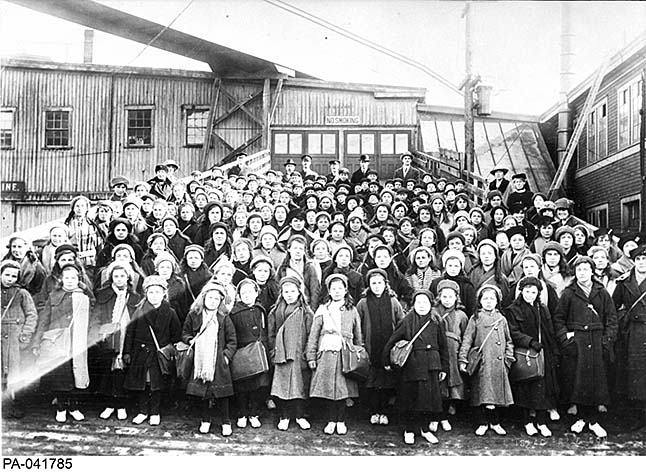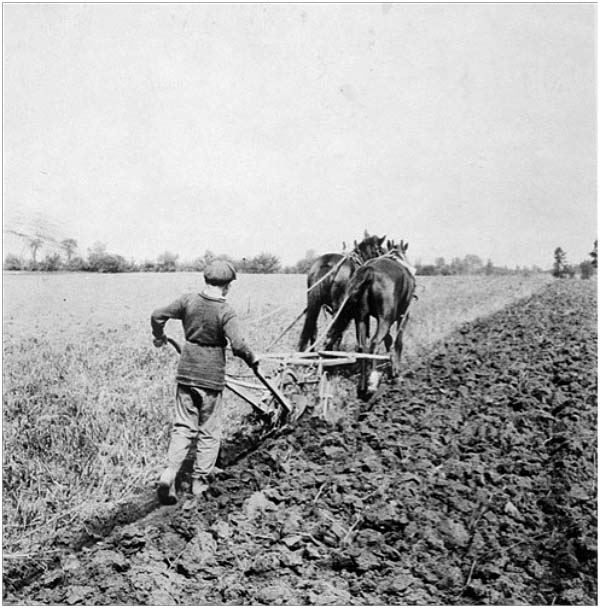
MP Richard Cannings (NDP — South Okanagan – West Kootenay) has reintroduced a motion (Private Member’s Bill M-51) calling on the federal government to issue an apology to the thousands of British children who, between 1869 and 1948, were forced to immigrate to Canada where they were exploited as indentured labour.
Indentured labour was a form of legal slavery that allowed individuals and companies to exploit people who had incurred a debt that they were then compelled to work off.
The text of the motion reads: “That, in the opinion of the House, the government should: (a) issue a formal, unequivocal and sincere apology to Canada’s British Home Children and child migrants, including their families and descendants, for the injustices suffered as a result of its participation in migration schemes between the years 1869 and 1948 thereby enabling the importation of an estimated 100,000 orphaned or destitute children from Britain to provide indentured labour for Canadian farms and households; (b) express its gratitude and appreciation to the families whose ancestors were responsible for building up Canada’s agricultural industry at a critical early point in its development; (c) assist in a coordinated effort with survivors and descendants to track and record their genealogies and ensure that reunification with lost family members is made possible; and (d) take steps to ensure that all Canadians are informed about this important period of history in a way that makes certain it is never forgotten by present or future generations.”
Former MP Alex Atamanenko originally introduced the motion in the House of Commons during its last session. It died on the order paper when the last election was called. Atamanenko retired and was replaced by Cannings.
Kootenay journalist and poet Sean Arthur Joyce is asking people to imagine that 100,000 people, whose descendants number up to four million in Canada today, were erased from history. Their lives wiped out like text on a whiteboard, their contribution to the building of our nation eliminated.
“I speak, of course, of the British Home Children, who due to an accident of birth found that their lives amounted to a zero on the balance sheet of capitalism,” says Joyce, himself the descendent of one of those children. “These boys and girls, ranging in age from 5 to 16, faced a bitter future in 19th century Britain: scrabbling together a life on the streets of Birmingham, London, Glasgow or Dublin, the brutal regime of a workhouse, or what few overcrowded orphanages provided food and shelter.”

“In Malthusian terms they were viewed by emerging capitalist barons as ‘surplus population,’ an inferior stock in need of culling anyway. Obviously not all of the British elite shared this view. Many aristocrats such as Lord Shaftesbury were all too happy to fund emerging philanthropists such as Annie Macpherson and Dr. T.J. Barnardo in the building of ‘day schools’ and eventually orphanages. But with the Industrial Revolution displacing more workers than it could employ, even these well-intentioned relief efforts were soon overrun by those in desperate need of help. Remember: this is the era before social programs and welfare, the law of the capitalist jungle: You either do well or you die, period. And if you don’t do well, it’s your own damn fault — you’re defective so you deserve your fate. Sadly, we’re hearing this sociopathic litany repeated in the political rhetoric of late, whether it’s regarding immigration in the EU or poverty in America.
“At a time when we are re-examining our public school curriculum to teach the terrible legacy of the Native residential schools, the story of Canada’s British Home Children deserves equal consideration as a vital component of public history. As much as anything, it reminds us that capitalism’s victims are of any colour or ethnicity. An estimated 10 percent of Canadians are descended from these children.”
Please click here to visit Joyce’s blog: https://chameleonfire1.wordpress.com/2016/07/31/historical-amnesia-remembering-historys-ignored-children/



